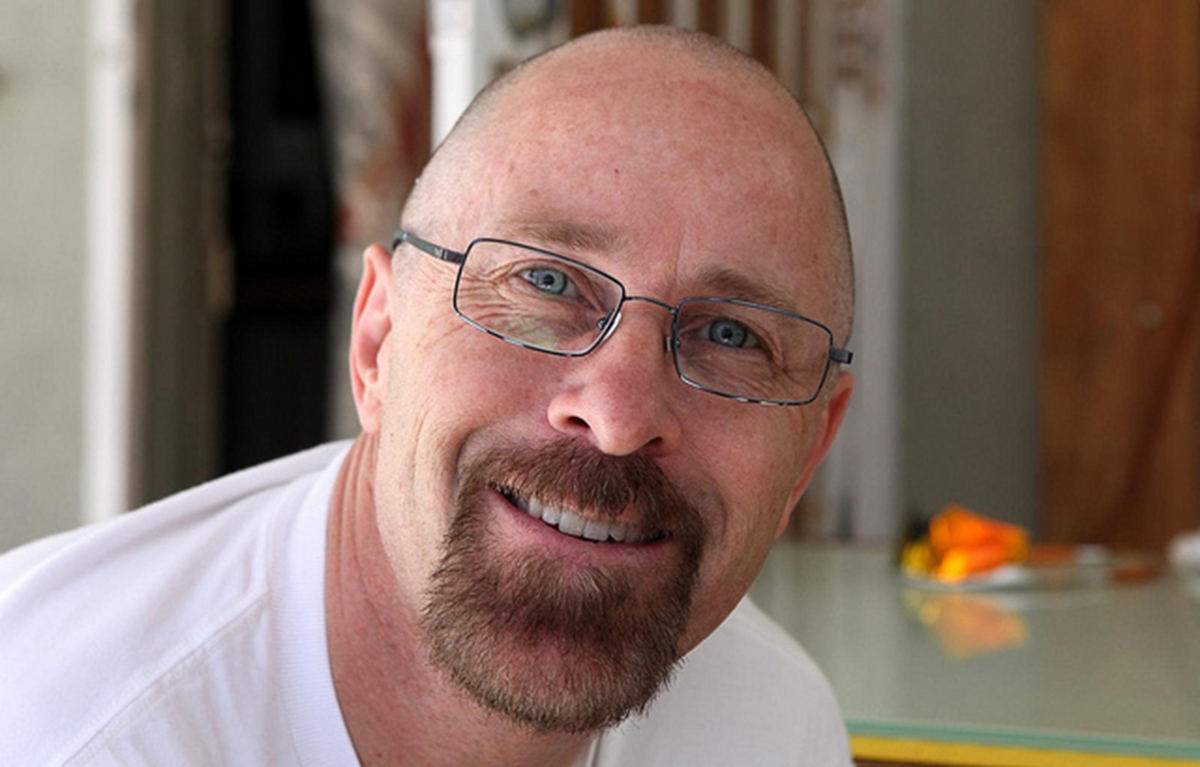Table of Contents
A whopping two thirds of all American men are balding by the time they're 35 years old, while that figure goes up to 85 percent when they're 50, and a quarter of those affected see the first signs of hair thinning before they're even 21. Male hair loss can be caused by thyroid conditions, cancer, medications, anabolic steroids, fungal scalp infections, and even nutritional disorders. In 95 percent of all cases, though, "male pattern baldness" is to blame.
Male pattern baldness is genetic, and has been linked to a bit of DNA known as "20p11", located somewhere on chromosome 20. If baldness runs in your family and you're a guy, you have good odds of going bald yourself, due to the way androgens, male sex hormones that also regulate hair growth, work. If you've got male pattern baldness, your hair growth cycle will change, shrinking your hair follicles in certain regions of the head and leading hairs to become shorter and thinner until, eventually, no more hair will grow and you'll likely be left with a severely receded hairline surrounded by a "U" shaped bit of hair.

What's the problem with male pattern baldness?
Medically speaking, there is no problem. According to the American Hair Loss Association, bald men themselves rarely agree that going bald is no big deal, and in fact, the association says that "most men who suffer from male pattern baldness are extremely unhappy with their situation and would do anything to change it".
Baldness-Covering Hairstyles, Wigs, Or Hairpieces
- A messy, slightly longer hairstyle with some layers — this will make the thinner spots look intentional.
- A Ronaldo-style crop with layers up top.
- A buzz cut will make you look timeless and stylish.
- Going bald at the temples? Look into a faux hawk to draw attention away from your problem areas.
Weave It!
- Photo courtesy of planetc1: www.flickr.com/photos/chiropractic/10596694365/
- Photo courtesy of Horia Varlan: www.flickr.com/photos/horiavarlan/4269156697/


Your thoughts on this